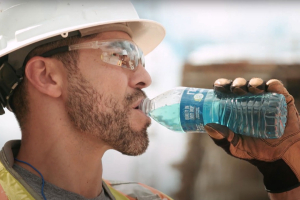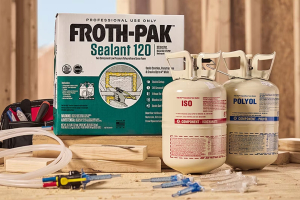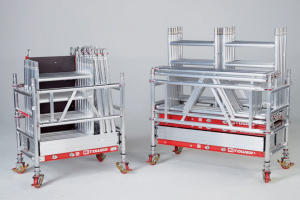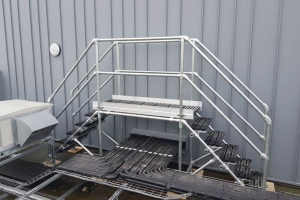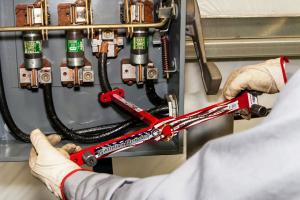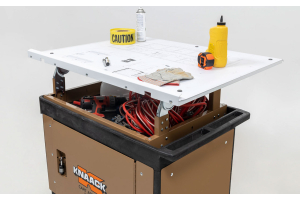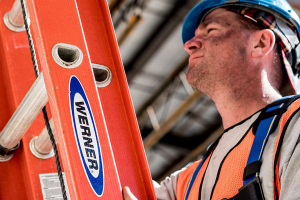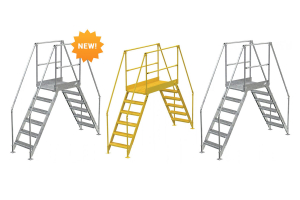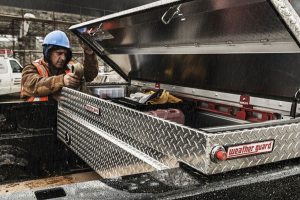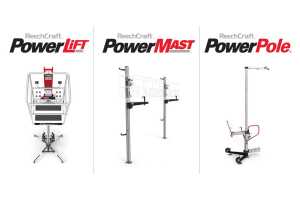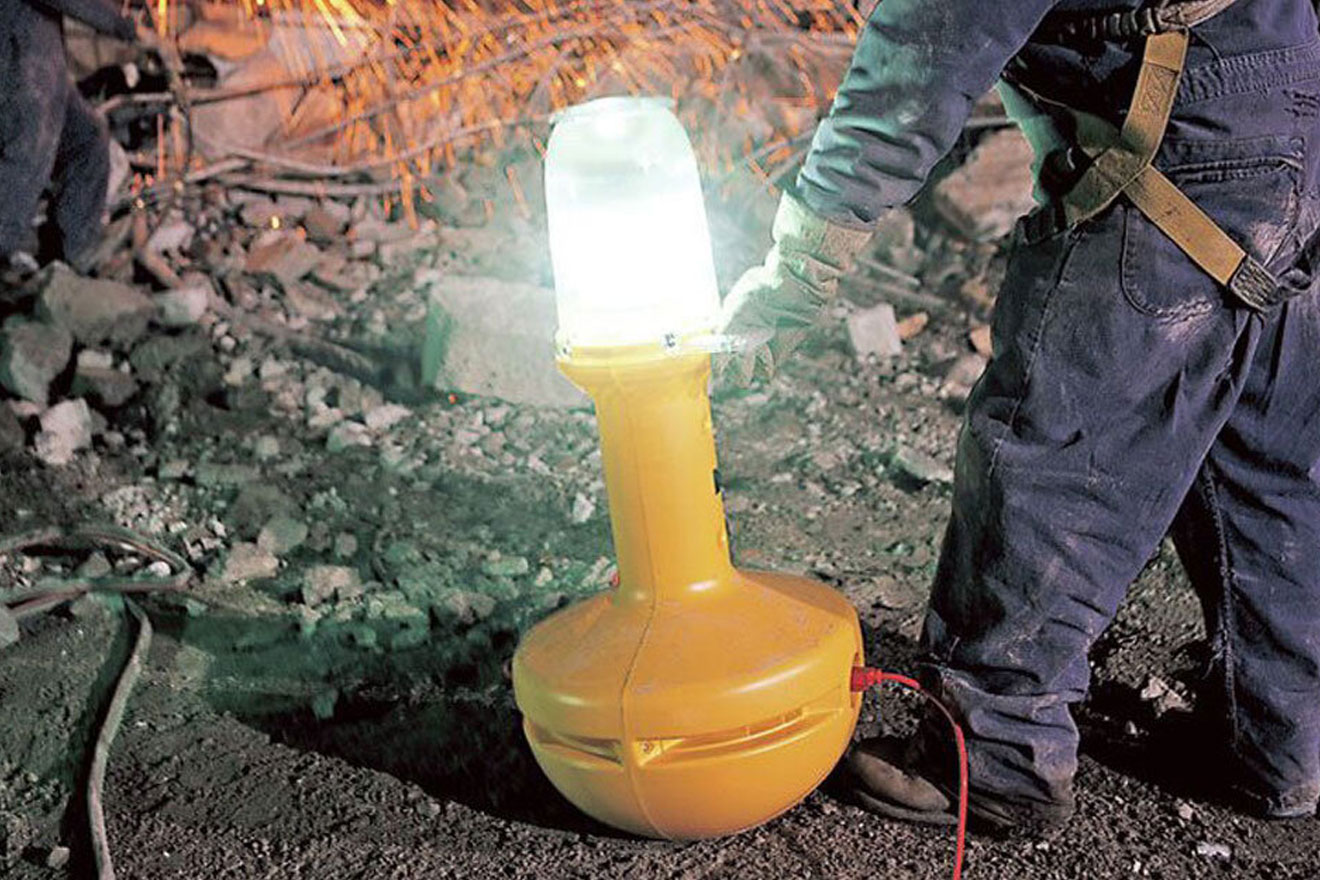
Fall and winter bring a slew of challenges to the jobsite, with reduced daylight hours being one of the main ones. Thankfully, modern lighting solutions allow most sites to keep operating even after the sun has gone down or before permanent lighting fixtures have been installed. However, it can be difficult to know how much and what type of lighting is needed to make a jobsite function properly after the sun goes down.
Here are some tips and things to consider when choosing what work lights to use for your operation:
Tip #1: Think about how you will use the light the most
Some lights are made for very specific purposes and while they may seem attractive on paper, they may not work as well moving forward even if it works for the specific job you’re working right now. It’s important to think carefully about how the light will be used at work, and if that usage translates to a good investment. Can it be repurposed for other jobs, or will a factor like transportability, size, or power restrictions wind up making it less useful moving forward?
If you work mostly by yourself or with a small team, you should have a very good grip on what your team needs to do their work and should be able to identify a lighting solution that should work in most contexts. If you’re managing large crews or sub-contracting parts of a job to someone else, you may think you know what’s needed but wind up finding out that it’s not the best fit or overspend on equipment that is used for a short period of time and then never again. Consult with your team to see what would best serve them as they do their work.


Tip #2: Consider: are you looking for a temporary fix or semi-permanent solutions for all your projects moving forward?
There used to be a prevalent mindset that jobsite lighting that was cheaply made and easily broken was the better choice for projects as it could be disposed of and replaced by the next project. This isn’t the case for several sites now, and isn’t always a best practice as there are plenty of lighting solutions that can be re-purposed and kept for long service lives. String lights have been the standard on construction sites for a long time now, but it’s not necessarily a golden one and can carry a whole host of problems.
String lights require dozens of installation points and require frequent maintenance. When projects are finished, sometimes string light cords are left behind walls and duct work, requiring them to be cut, pulled out, and the whole product being thrown away.
New wide area LED lighting can replace hundreds of feet of string lights with a single light, meaning you are also reducing the required installation points from dozens to just one. LED lights perform even better on the maintenance front as well, requiring little to no servicing over their entire lifespans.
All of this saves time, labor, and ultimately money if executed properly. The resulting environment is much easier to manage as there are no junction boxes and the lighting can be continuously moved as needed throughout the progression of the job.
Best of all, these lights don’t need to be scrapped at the end of a project and can continue to be used for years to come.
This is not to say that transportable/LED lights are the only solution that should be considered, as LED lighting often requires a large up-front investment and not all projects have the budget or need for re-usable products. In a situation where you know without a doubt that you will only need the lights once, a traditional string lighting setup or a rental arrangement may be more cost-effective than outfitting your team with a full setup of reusable area lights. Your decision should depend on the context and your budget.
Tip #3 Understand the safety implications of the lights you purchase
With the rise of popularity for LED lighting, there are also lots of poor quality products entering the market and it is important to make sure the products you choose meet safety regulations.
Carefully evaluate the product you want to purchase to ensure it meets stringent electrical certifications and provides the proper radius of light for the area it will be responsible for illuminating.
If choosing an incandescent lighting solution, be sure to consider the safety implications and make sure proper precautions can be put in place where they’ll be used. Incandescent lights convert up to 90% of the energy consumed into heat energy. LED lights generate next to zero forward heat during operation. This means their housing is not reaching potentially dangerous heat levels.
Be sure to think about the durability of the light in the context of the job it will be used for - if there’s a great risk of it getting frequently burnt out or broken, it might not be the best choice for the project. If it’s not portable and can’t properly light the entire work area, it can create other work hazards.
Most of these things are common sense, but critical to consider before ordering lighting for a jobsite. We hope these tips have been helpful! Whether you're looking to extend working hours despite the reduced amount of daylight or are setting up your jobsite for dark conditions or the night shift, having the right lighting is key for increased productivity and safety.
Industrial Products carries a wide range of lighting products that are perfect temporary or semi-permanent solutions for the workplace.
You can shop all of our lighting solutions via the link below, or browse a selection of products further down. Remember, if you've got questions about any of our products or need help with your order you can contact our sales team for help!

